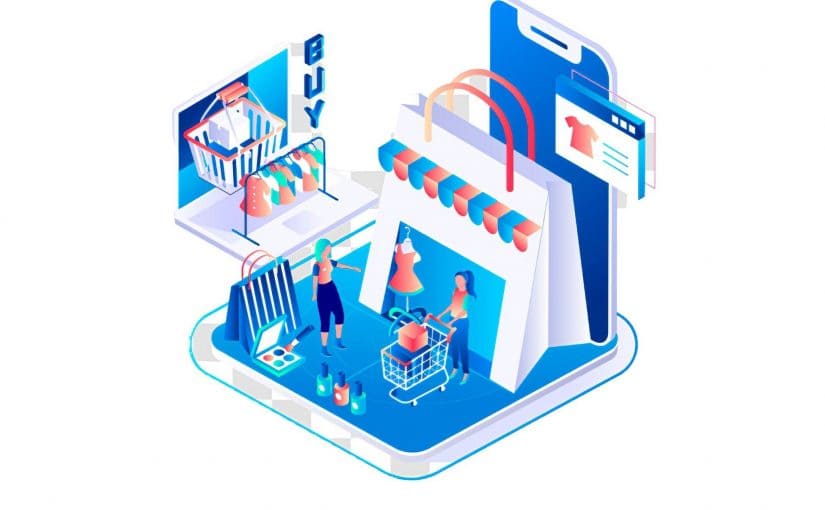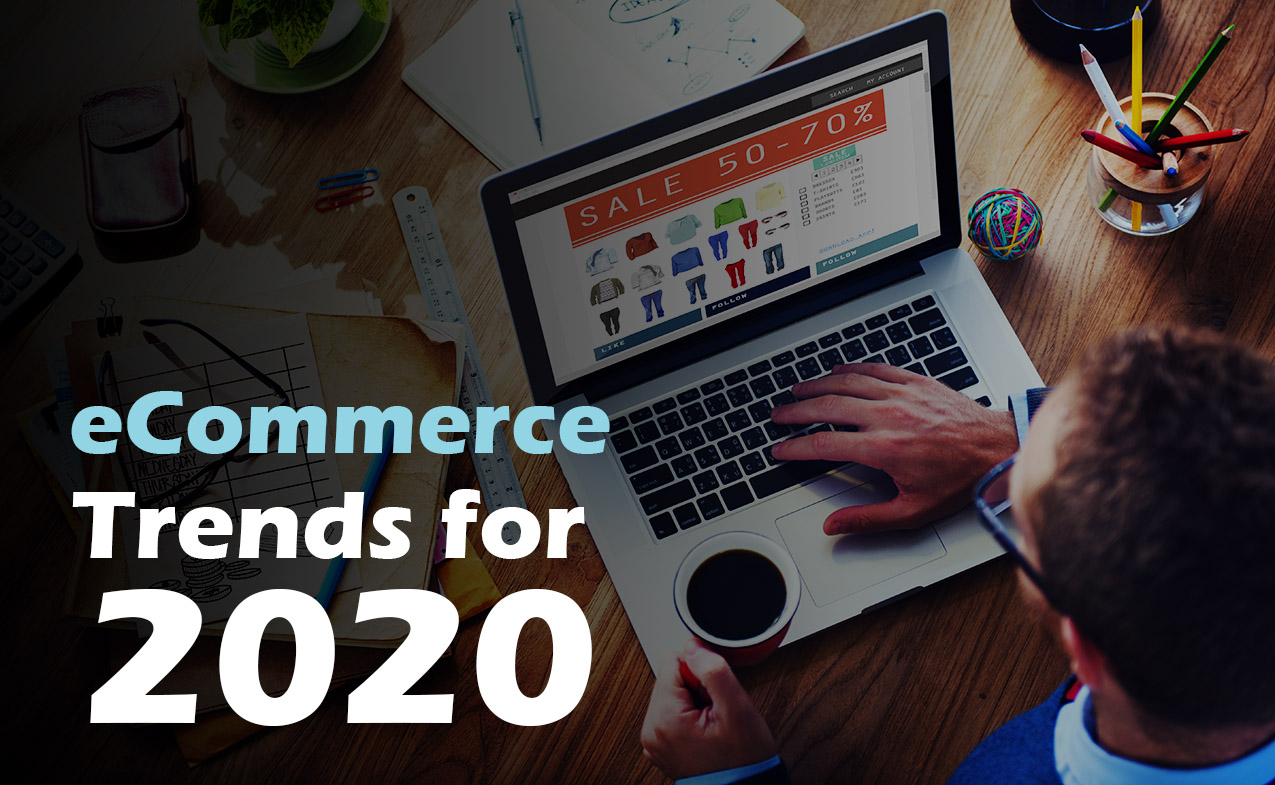e-Commerce is a growing industry, and it will continue to expand in the coming years. As more consumers shop online, brands are investing more funds into e-commerce channels to drive sales and boost their ROI. Even though there is no one way to succeed in e-commerce, some trends emerge again and again. In this article, we’ll explore five e-commerce trends that will impact businesses in 2022. The prediction of where the field is headed can help you make informed business decisions today, giving you a leg up on your competitors tomorrow. Let’s get started!
Video E-Commerce
One of the most fascinating e-commerce trends is the move from visual to video content. As mobile devices become more powerful, consumers are taking their shopping experiences with them everywhere. This is good news for brands because video content is more engaging than static images. Consumers are more likely to buy after watching a video, boosting conversion rates and sales. Video e-commerce is also a good choice for B2B companies. Video content is a great way to train employees, create product demos, and host webinars. In fact, video content is the best way to provide support and services after the product purchase.
AI in E-Commerce
Artificial intelligence (AI) is already changing e-commerce, and it is only going to get bigger. E-commerce companies have already employed AI to enhance customer experience, from chatbots to personalized recommendations. New AI technologies will make e-commerce even better in 2022. AI-driven product recommendations are already giving customers more personalized content, and AI-powered image recognition will help e-commerce sites present products in new ways. AI can be used to create virtual assistants that help consumers shop online with ease. These tools can help customers pick the right products, find the best deal, and complete the purchase. Furthermore, AI has the potential to transform logistics. AI systems are already capable of predicting demand, monitoring inventory, and managing shipping schedules. E-commerce companies can use these powerful tools to keep products moving, even in peak shopping seasons.
3D Printing in E-Commerce
Some e-commerce trends are about improving the customer experience, while others are about creating new business models. 3D printing is an example of the latter. To understand 3D printing in e-commerce, you first need to understand the product. 3D printing lets businesses create physical products from digital blueprints. Companies can manufacture a small number of products without investing in a large factory, which means lower costs. 3D printing also allows companies to create custom products for each of their customers. For example, if a shopper needs a different-sized shoe, 3D printing can make it happen. This customization has many benefits, including reduced product waste. Customers can also customize their products, such as adding their name to a personalized pair of sneakers. Companies can use these benefits to target diverse audiences and sell more products.
Virtual Reality in E-commerce
Virtual reality (VR) is already changing the gaming industry and will do the same for e-commerce. VR provides customers with an immersive shopping experience that can’t be replicated with other technologies. Virtual reality is as visual as it is interactive. Shoppers can try on clothing, see how a VR home remodel would look, or try a product before buying it. VR is also a great tool for training employees and increasing productivity. VR is a new technology with limitations, but those are fading away quickly. Newer headsets are more affordable, compatible with more devices, and have higher resolution. Customers will expect more VR experiences in the future, and businesses that use the technology can gain an edge over competitors.
Robotic Process Automation in E-commerce
Robotic process automation (RPA) has transformed many industries, and e-commerce will be no exception. RPA can handle repetitive tasks, such as processing customer orders and freeing up employees to do high-value work. RPA can also help businesses scale their operations, whether they are a start-up or a multinational corporation. For example, RPA systems can monitor inventory and reorder products when they run low. This frees up employees to focus on other tasks and helps companies reduce product waste and costs. Investing in RPA can be risky because of the upfront costs. However, e-commerce is a growing industry, and RPA has the potential to pay for itself. Robotics is becoming more powerful and easier to program, which means businesses can create more complex automation. The trend towards more automation will create more demand for RPA. E-commerce companies will need to replace human labor with automated processes. Robotics are more cost-effective and more scalable than human labor, making them a smart investment for the future.
Conclusion
E-commerce is experiencing a renaissance and shows no sign of slowing down, which means there are plenty of opportunities for entrepreneurs and established business owners alike. With the help of these five e-commerce trends, you can enhance your offering and see your profits soar.
If you want to design your apps, you should be seeking help from Subcodevs since they will design it according to the current trends which is a very important thing to be considered. You will see much more of E-commerce trends in 2022, but these are some of the major ones which are definitely going to see.




